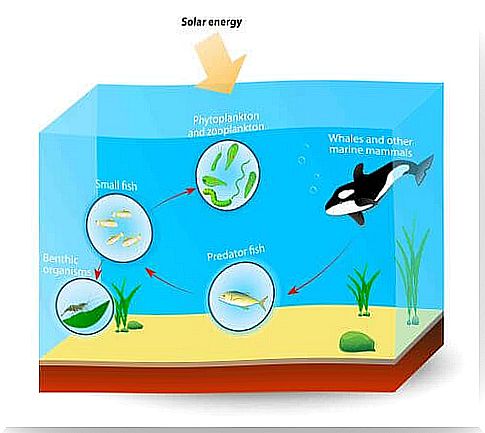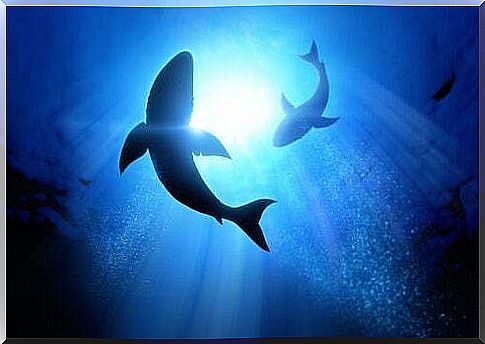Toxic Substance Threatens The Survival Of Killer Whales

A toxic substance threatens the survival of the killer whales. This is the result of a rather recent study that has raised a huge alarm regarding the survival of these large cetaceans in our seas.
The toxic substance that threatens the survival of killer whales is PCB, a chemical compound generated by humans to dilute pesticides and which is contained in paints. Think that the PCB has been widely used since the Second World War.
During the 1960s there were several cases of human intoxication caused by these chemicals, which manifested themselves through skin diseases, immune problems and even cancer. Phenomena like these have led to the ban on these chemicals. Indeed, many countries have pledged to destroy them. Unfortunately, however, the disposal process is still long.
Read on to find out more: a toxic substance threatens the survival of killer whales.
Why the killer whales?
The toxic substance in question has been used for years around the world in the composition of pesticides, so it ended up polluting the oceans as well.
It should be known that in the oceans there is a process called biomagnification, according to which the accumulation of toxic substances in living beings ( bioaccumulation ) increases in concentration as you go up the food pyramid.

As a result, it appears that half of the killer whales inhabiting the planet have ingested enormous levels of PCBs due to the biomagnification process. This is why eating dolphin and whale meat is not only immoral but also dangerous for health reasons.
A toxic substance threatens the survival of the killer whales
The study in question checked the levels of PCBs in the different groups of killer whales that inhabit the oceans and verified their effects. PCB primarily causes killer whales to lower their immune defenses, making them the perfect target for infectious diseases. In turn, this causes a decrease in the reproductive capacity of these animals.
These effects, coupled with population growth data, revealed that half of the killer whales studied by these scientists are in danger of extinction.
The most affected populations are those that live close to industrial areas or those that feed on larger fish, such as the orcas of the Strait of Gibraltar or the Canary Islands, which are dedicated to hunting bluefin tuna.

The fact that killer whales are victims of PCBs is nothing new. For years now, dead killer whales have been found to have high levels of these toxins in their blood.
One of the most worrying things is that killer whales are not only threatened by PCBs, but also by overfishing for their food and even by seismic phenomena.
The measures to be taken to save the killer whales
The authors of the study call for the destruction and prohibition of these toxins and also call for the strengthening of conservation measures for these cetaceans. It seems that such interventions are the only guarantees for killer whales to survive in many parts of the planet during the next decades.









